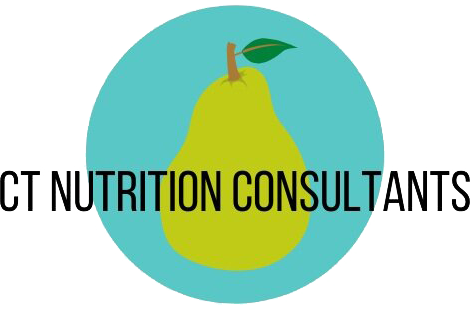
Nutrition Support for Osteoporosis
Osteoporosis means soft bones and the number of cases are rising in the US.
How Common is Osteoporosis?
7-8% of women between ages 50-60 have osteoporosis and 30% of them osteopenia, thinning of the bones.
35% of all 80-year-olds have osteoporosis. Bone loss begins at the time of perimenopause or two years before menopause and we lose 1% of our bone if untreated per year. This is a 1% bone loss per year after age 50, again, if left untreated. In our later years, as estrogen declines which leads to further bone loss.
Think of your bones as a retirement account and calcium is money in the bank.
We are at our peak bone mass is around age 20. This is the maximum amount of bone you'll ever have. 80% of bone mass is determined by genetics. From the age of 20 to 50, bone status is well-maintained. The minute the estrogen starts to decline we start to lose bone.
50% of osteoporotic people will have never have a fracture.Often it is the fracture event that triggers the diagnosis.
The recommended daily allowance (RDA) for calcium is 1200mg per day over 50 of age. Calcium is better absorbed from food but getting 1200 mg per day is difficult so one supplement of approximately 500mg per day is usually recommended. Vitamin D should be within the normal range to prevent low vitamin D hormone and bone loss.
If Vitamin D is low, there is a decrease the absorption of calcium no matter how much you are taking, so it is essential that a good vitamin D level is maintained.
Hormone Replacement Therapy (HRT) is also extremely important in certain people, especially those who've had early menopause and should be used if you can do so.
“I honestly don’t know what I would do without Kay.”
“Kay has been my nutritionist for over four months. During this time she has been not only a great help but an inspiration! Whenever I need her she is there for me giving me suggestions and cheering me on.
I recommend Kay to anyone who wants to learn how to eat right and maintain a healthy lifestyle!”
So what can I do nutritionally to support my battle with Osteoporosis?
Balanced diet with adequate protein
Include Calcium, Vitamin K, Vitamin D & Magnesium in your daily diet
Don’t forget, Calcium isn’t just in Cow’s Milk! You can also find it in Almond milk, Yogurt, Salmon & MORE
To support bone mass incorporate Strength Training, Yoga, Balance Training into your physical routine
For the best Osteoporosis support, it’s highly recommended you’re under the care of an MD specializing in Osteoporosis.
Need support? We’re here!
Are there Medications for Osteoporosis?
When considering treatment options, it is important to think about the lifetime plan and the trajectory of bone loss from the point that you are at, depending on your life expectancy.
There are two types of medications that treat osteoporosis or increased fracture risk.
The anabolic medications (Prolia, Tymlos, Forteo) build bone and make bone more resistant to fractures. Then there's the anti-resorptive meds (Fosamax, Binosto, Actonel, Reclast, Boniva) which prevent bone loss, make bone harder, reduce fracture risk. All anabolic drugs must be followed by an anti-resorptive to maintain the gains or they will be lost. A 75 year old with low bone mass is a simpler case. You can use a more aggressive treatment to prevent fractures.
A 55-year-old is a little bit more complicated because you may start an anabolic treatment too rebuild bone but then you need to go on the anti-resorptive meds after.
Why can patients be resistant to treatment with meds?
There are two reasons:
Osteonecrosis of the jaw which is extremely rare and most dentists say they've never even seen it.
There is also the atypical femur fracture of the lower femur which is also very rare.
These are side effects that were seen in the early 2000s when people were going off hormonal replacement therapy and being treated prophylactically with bisphosphonate drugs, even though they did not have a fracture risk.
Doctors have learned now that this is not the way to go.
One of the top treatments that can be used is the re-clast IV treatment which is three infusions, one per year which is very effective but it is usually used in older people around 65 or 70. Prolia is another one but it can cause back pain and muscular pain due to the bone growth. It is an injection requiring a few in a row and it is generally well tolerated.
And a 60 year old with declining T scores you will want to use an anti-resorptive drug. You need to think about how you plan maximize my healthy bone now depending on how long you plan to live. An anabolic drug could be used for 1 to 2 years and then an anti-resorptive could be used.
Just to explain a little bit about T scores a T score of -2.8 is equivalent to approximately 30 to 35% lower bone mass.
Excerpt from spoken Dr. Radio: Dr. Stephen Honig MD and Miriam Green MD.
